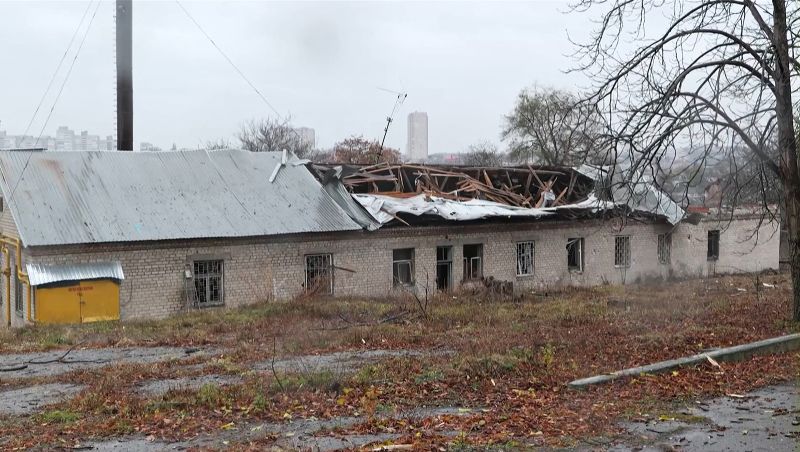Russia’s recent testing of a nuclear-capable missile has sent shockwaves through the international community, signaling a significant departure from the Cold War doctrine of deterrence that has largely guided global nuclear strategy for decades. The development and deployment of such weapons have raised concerns about the potential for a new arms race and increased tensions between nuclear-armed states.
The missile in question, known as the SSC-8, is reportedly capable of carrying nuclear warheads and has a range that violates the Intermediate-Range Nuclear Forces (INF) Treaty, a landmark arms control agreement signed by the United States and the Soviet Union in 1987. The treaty banned the possession and testing of ground-launched ballistic and cruise missiles with ranges between 500 and 5,500 kilometers, aiming to reduce the risk of nuclear conflict in Europe.
Russia’s decision to test the SSC-8 missile in violation of the INF Treaty has grave implications for global security. It raises questions about the commitment of nuclear-armed states to arms control agreements and sharpens concerns about the potential for miscalculation and escalation in a crisis. The use of nuclear-capable weapons in this manner undermines the stability and predictability that underpin deterrence doctrines and could lead to a dangerous arms race.
The SSC-8 missile’s capabilities and deployment highlight the shifting dynamics of modern warfare and the evolving threats facing the international community. As new technologies emerge and traditional notions of deterrence are challenged, policymakers and analysts must grapple with the complexities of managing nuclear arsenals in a rapidly changing security environment.
In response to Russia’s provocative actions, the United States has announced its intention to withdraw from the INF Treaty, citing concerns about Russian non-compliance. This move further fuels fears of a renewed arms race and heightens tensions between the two nuclear powers. The future of arms control and non-proliferation efforts hangs in the balance, as the international community grapples with the implications of Russia’s nuclear saber-rattling.
As the fallout from Russia’s testing of the SSC-8 missile continues to unfold, it is clear that a new chapter in nuclear deterrence and arms control is upon us. The international community must work together to address the challenges posed by these developments and uphold the principles of peace, security, and stability that underpin the global nuclear order. Failure to do so risks plunging the world into a precarious and unpredictable future, where the specter of nuclear conflict looms large.


